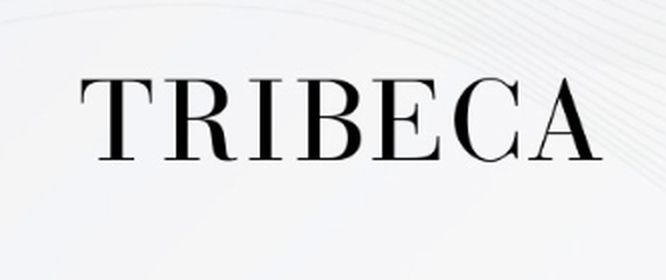Mumbai Property Registrations witnessed an impressive surge in April 2025, recording the highest property registrations in 13 years for the month. According to data released by Maharashtra’s Department of Registrations and Stamps (IGR), the city registered 13,080 property transactions, generating ₹1,115 crore in stamp duty revenue for the state. This represents a 12% year-on-year (YoY) growth in registrations and a 5% rise in stamp duty collections, underscoring the continued strength of the residential property market.
Strong Demand for Residential Properties
Residential properties accounted for a massive 80% of total property registrations, confirming that end-user demand remains the primary growth driver in Mumbai’s real estate sector. The data suggests that buyers are actively looking to invest in homes, both for occupancy and long-term value.
Increased Demand for Premium Properties
One of the most notable trends in April 2025 was the rising preference for premium homes priced above ₹2 crore. These accounted for 25% of all registrations, up from 22% in April 2024, totaling 3,242 transactions. This upward shift indicates a growing appetite for high-value real estate, likely fueled by better affordability, improved infrastructure, and aspirations for upgraded lifestyles.
Stable Demand in Budget Segments
Despite the surge in luxury housing, the share of registrations for properties priced below ₹50 lakh remained stable at 14%, showing consistent demand in the affordable segment. This balance across segments suggests that Mumbai’s real estate market is witnessing broad-based growth.
Preference for Spacious Apartments
In terms of size, apartments up to 1,000 sq ft remained the most registered category, a trend aligned with the city’s traditional housing preferences. However, there is a visible inclination toward larger homes, as registrations for 1,000 to 2,000 sq ft units held steady at 14%, while homes above 2,000 sq ft maintained a 3% share. This indicates a gradual lifestyle shift among homebuyers seeking more space, possibly driven by hybrid work patterns and changing family dynamics.
Dominance of Western and Central Suburbs
The Western and Central Suburbs continued to dominate Mumbai’s property market, accounting for 85% of the total market share. Notably, Central and South Mumbai both witnessed a 1% increase in their respective market shares, reflecting a shift in buyer interest and the rising supply in these regions. This redistribution indicates a maturing market where buyers are exploring newer micro-markets for better value and connectivity.
Macroeconomic Factors Supporting Growth
Commenting on the market’s performance, Shishir Baijal, Chairman and Managing Director of Knight Frank India, noted that the April 2025 registrations reflect a robust and optimistic market environment. He highlighted that the Reserve Bank of India’s cumulative 50 basis points reduction in the policy repo rate has contributed to the market momentum. A faster transmission of rate cuts by banks could further improve affordability and sustain homebuyer sentiment in the coming months.
Infrastructure Push and Future Outlook
Ongoing and planned infrastructure upgrades across the Mumbai Metropolitan Region (MMR) continue to enhance connectivity and influence buyer preferences. With financial conditions improving, strong end-user demand, and an increasing shift toward premium housing, the Mumbai real estate market is well-positioned for continued growth through 2025.






